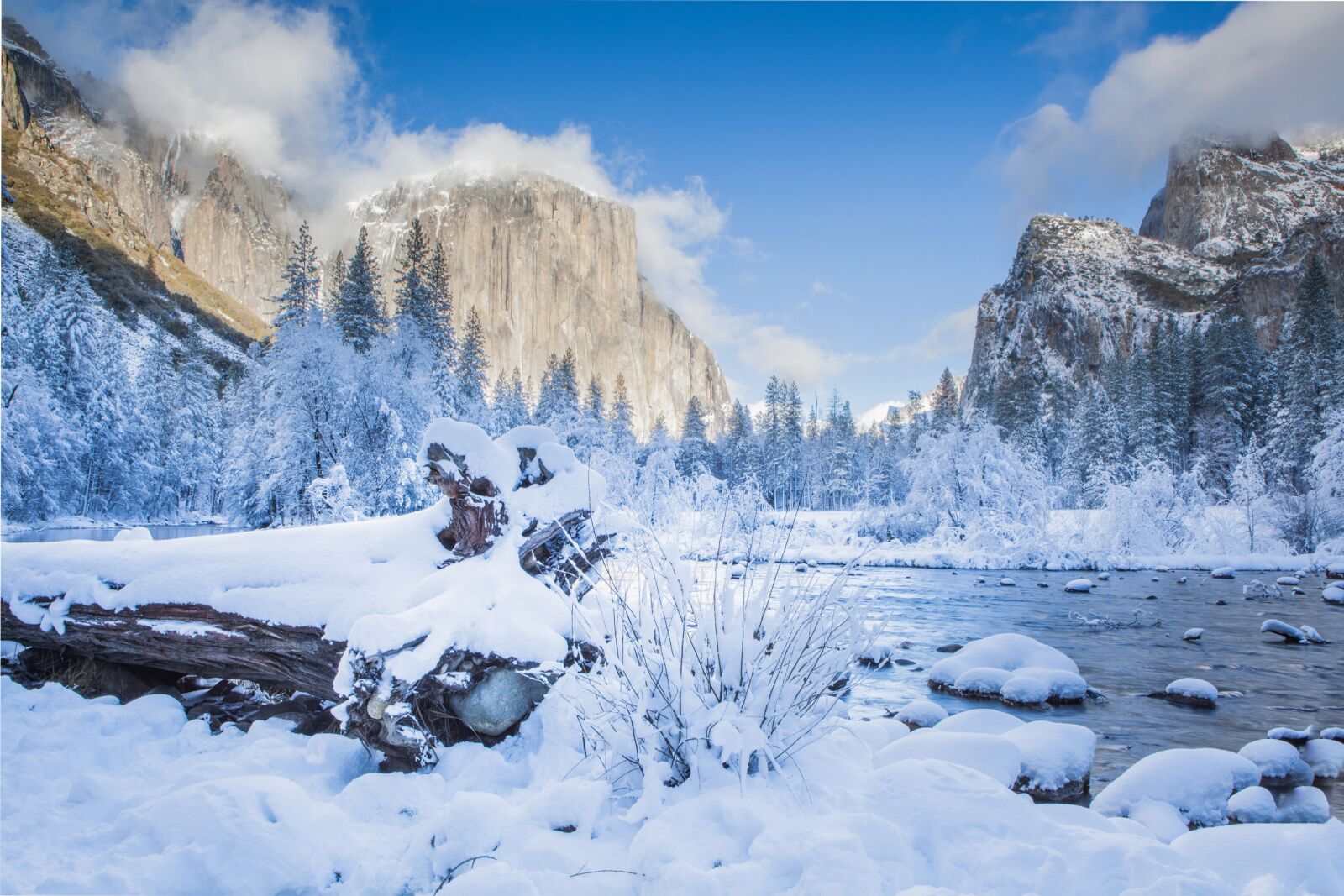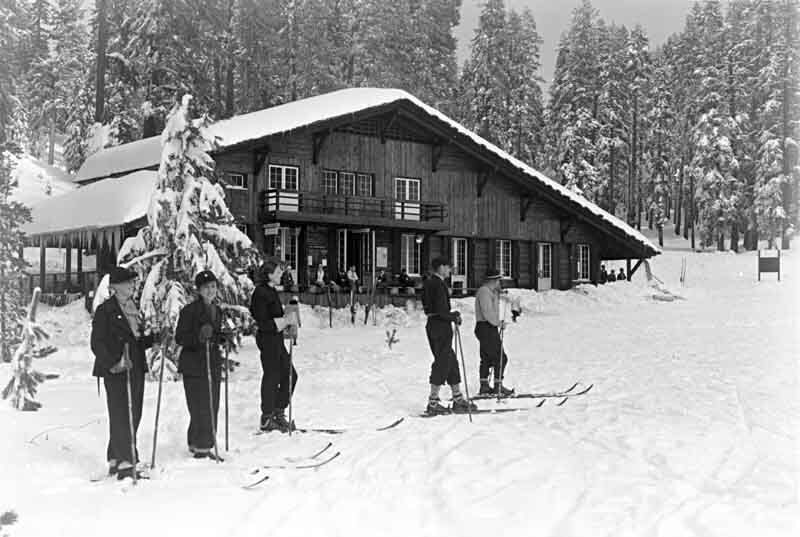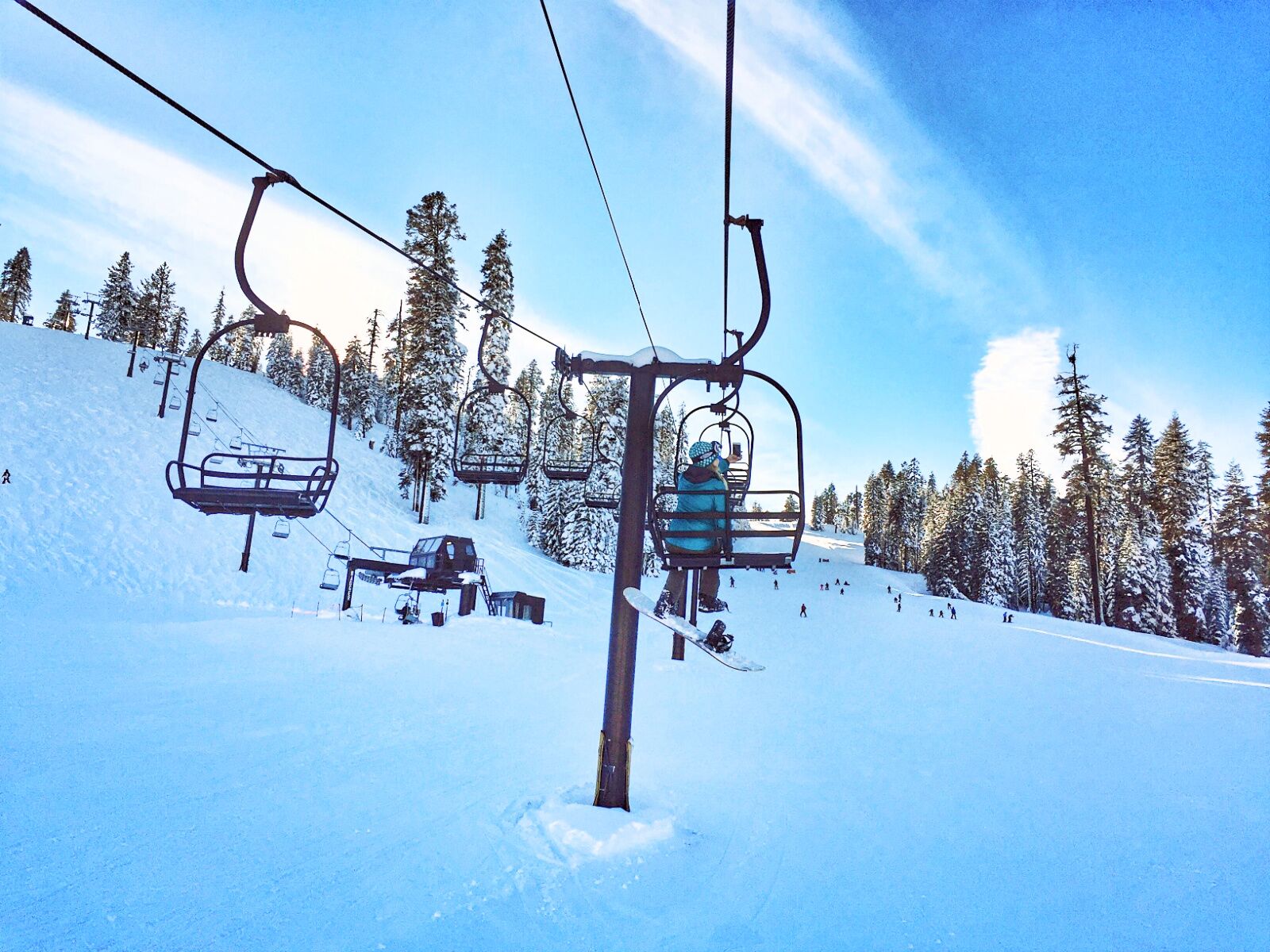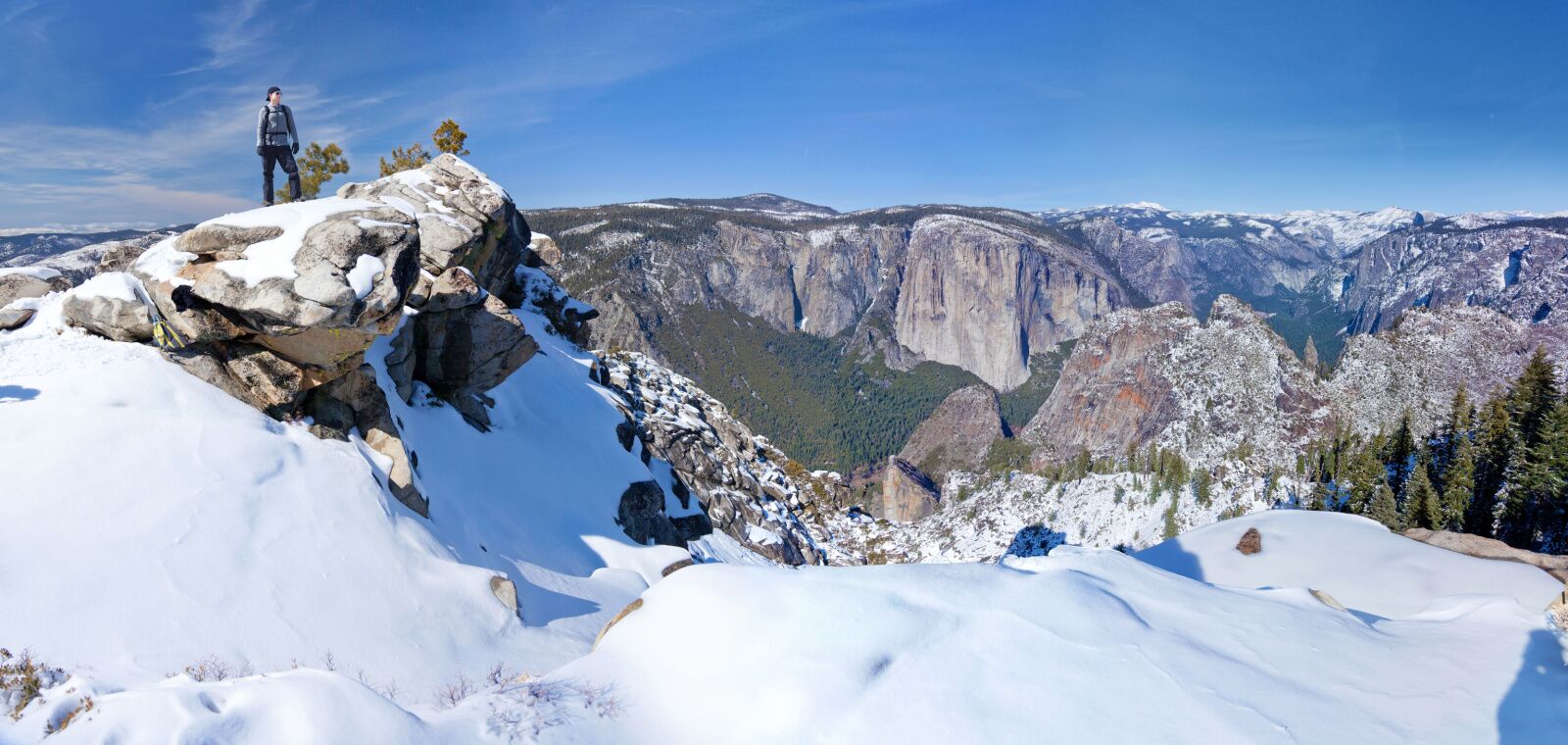Home to Half Dome and the site of the Oscar-winning film Free Solo, Yosemite National Park sees millions of visitors every year. It’s one of the most famous national parks in the world and, because it’s just a four-hour drive from San Francisco, gets extremely busy during hiking season.

Photo: Min C. Chiu/Shutterstock
When visitors head to Yosemite, they typically explore the park’s famed trails, take tours of the valley, and camp in designated areas brimming with like-minded outdoorsy folks. But what many don’t know is that within Yosemite’s boundaries is the oldest ski resort in California: Badger Pass Ski Area.
You may have wanted to visit Yosemite for the abundant summertime hiking trails and thundering waterfalls, but after reading this guide on Badger Pass Ski Area, you might decide that a winter visit is for you. It’s one of the most unique winter experiences in any of America’s 63 national parks.




